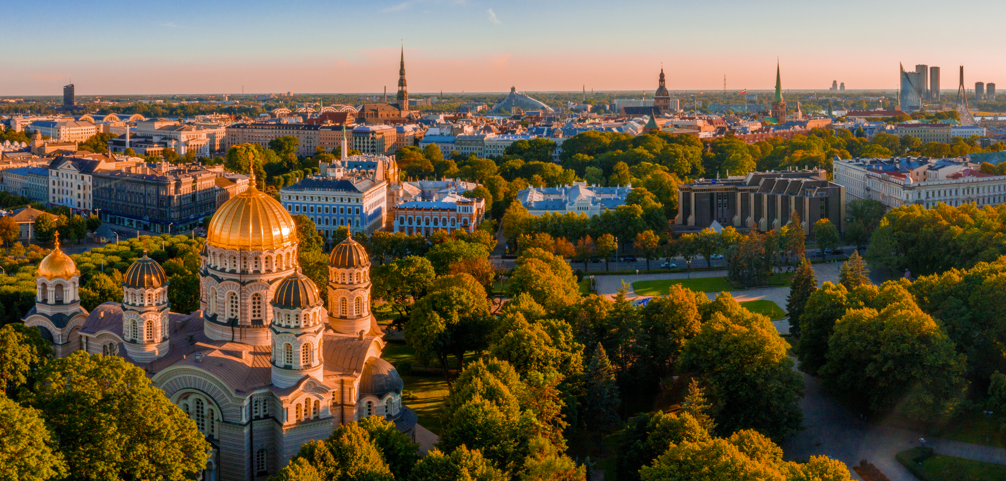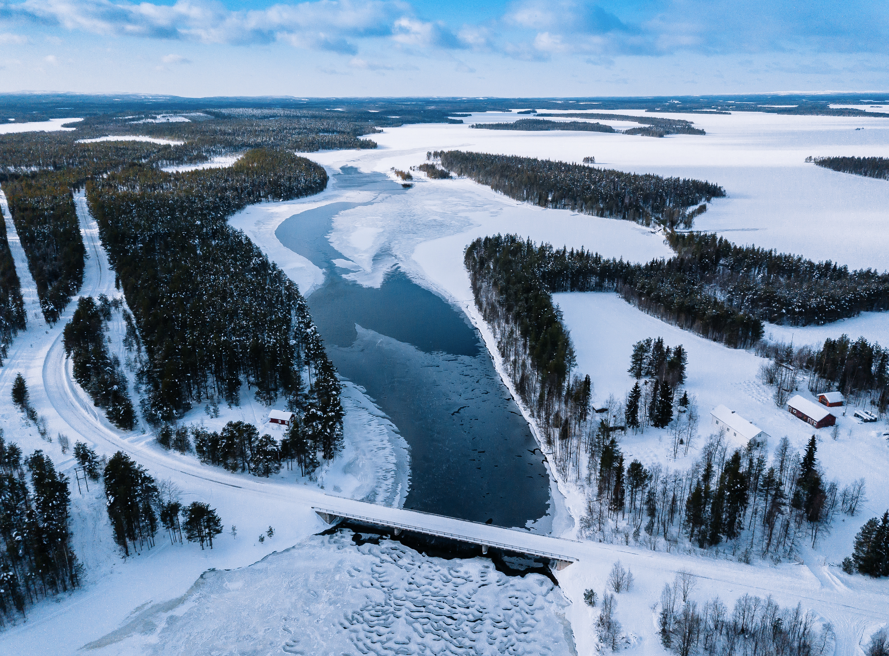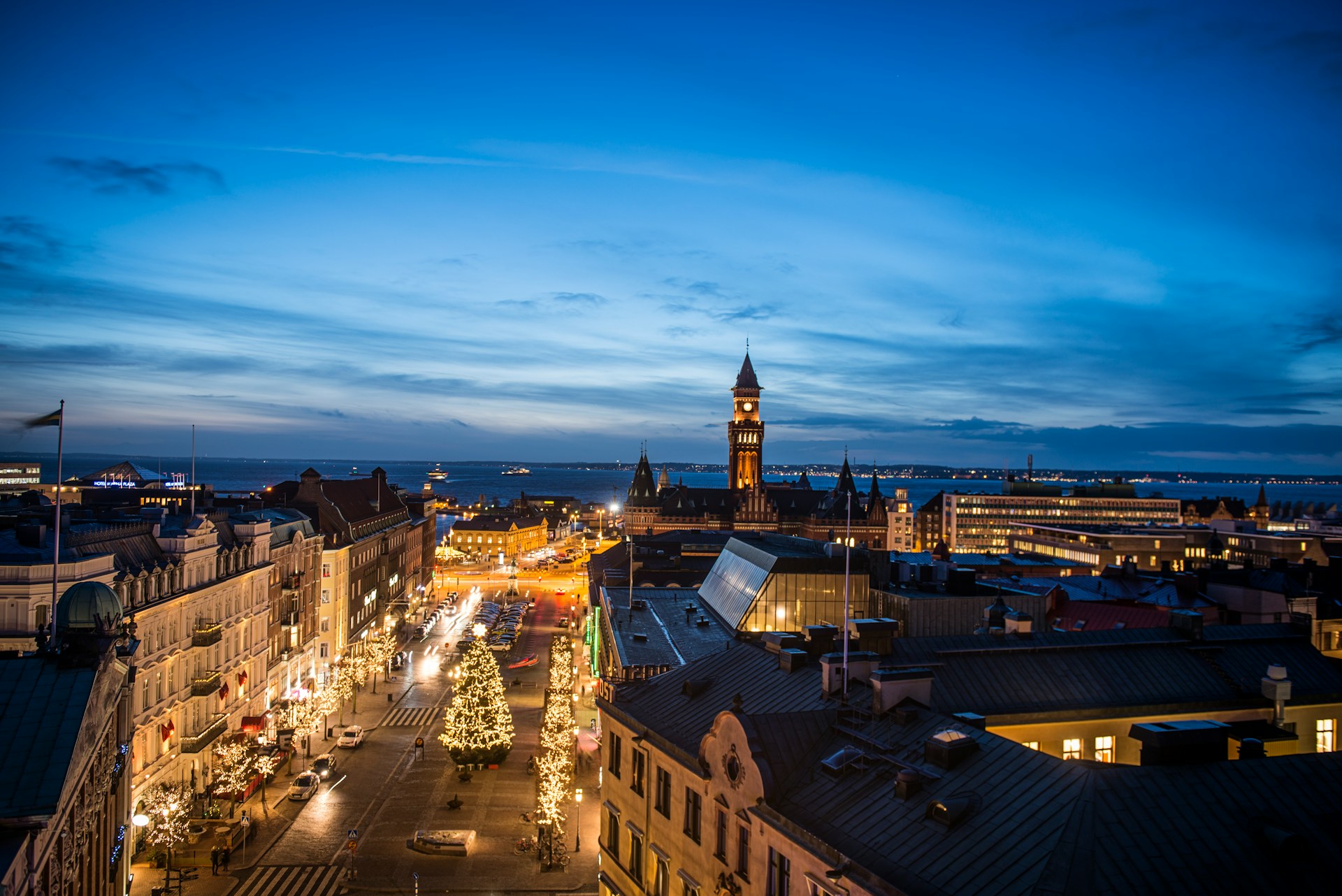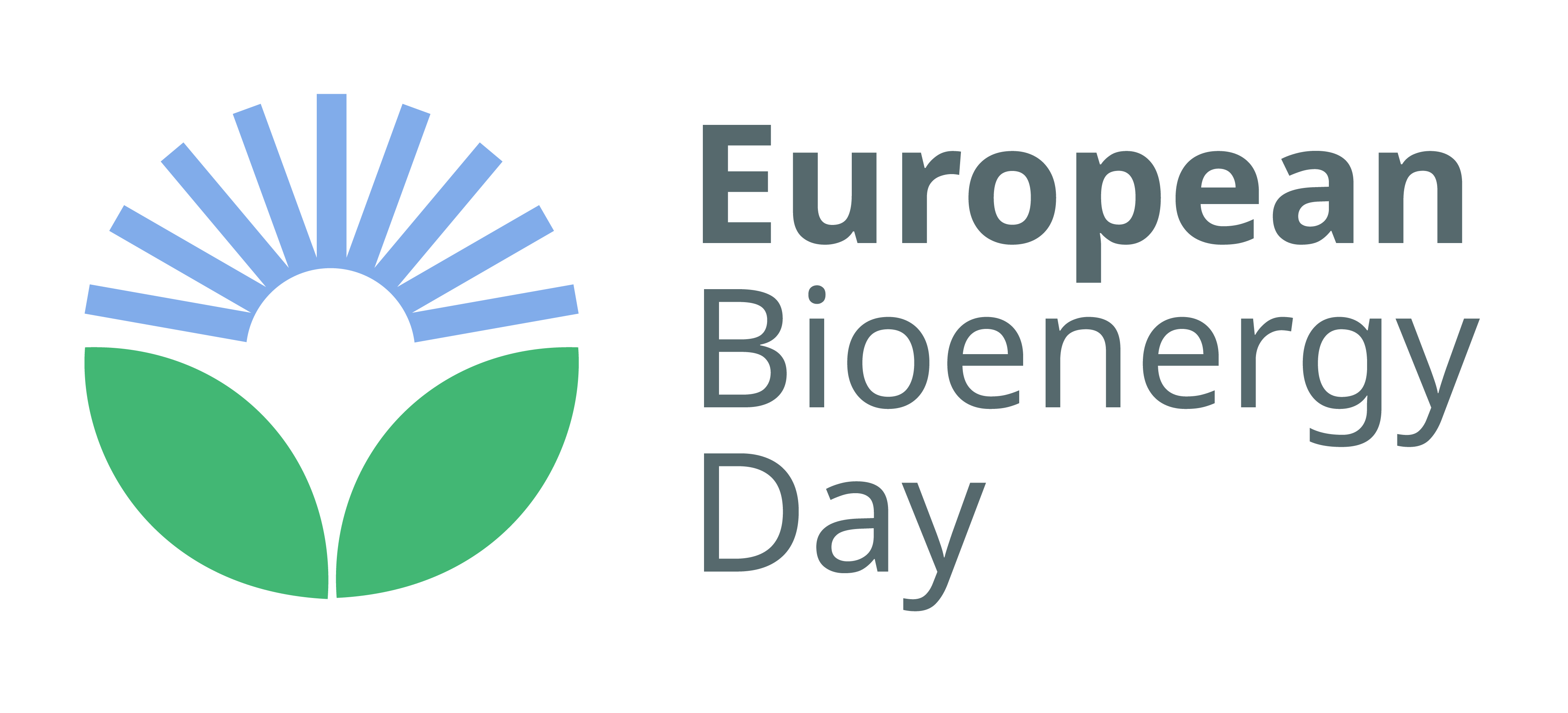-
 Adven: driving sustainable transformation in Latvia’s bioenergy sector
Adven: driving sustainable transformation in Latvia’s bioenergy sectorBioenergy Day, 16 August
Latvia
-
 Plenty of carbon capture projects planned in the Finnish bioenergy sector
Plenty of carbon capture projects planned in the Finnish bioenergy sectorBioenergy Day, 22 August
Finland
-

-
 Graanul Invest: Pioneering Sustainable Bioenergy from Estonian Forests
Graanul Invest: Pioneering Sustainable Bioenergy from Estonian ForestsBioenergy Day, 8 September
Estonia
-



